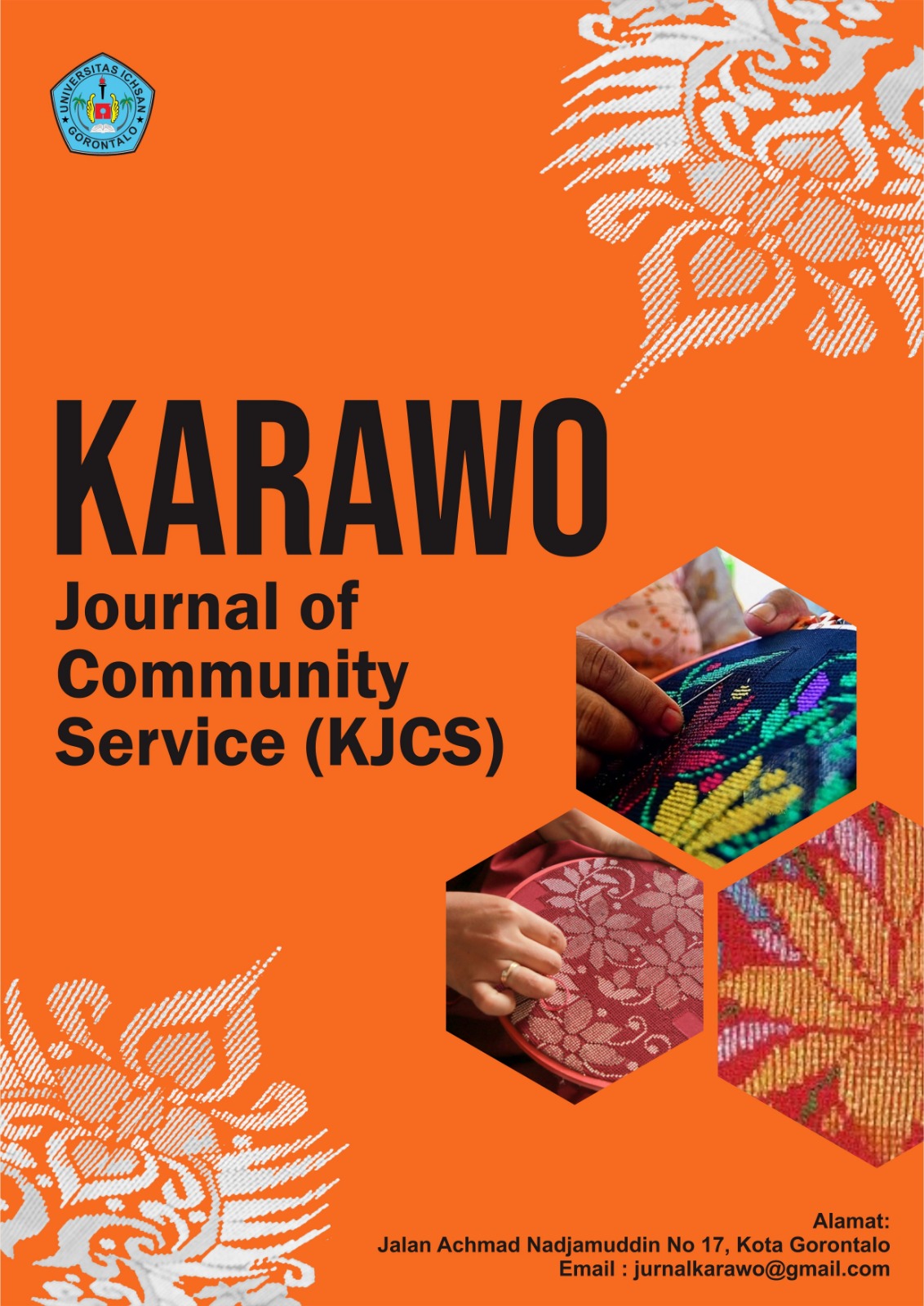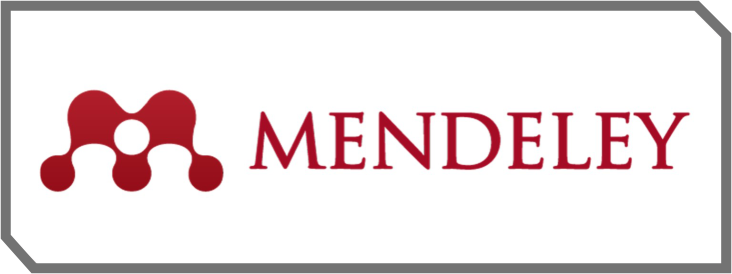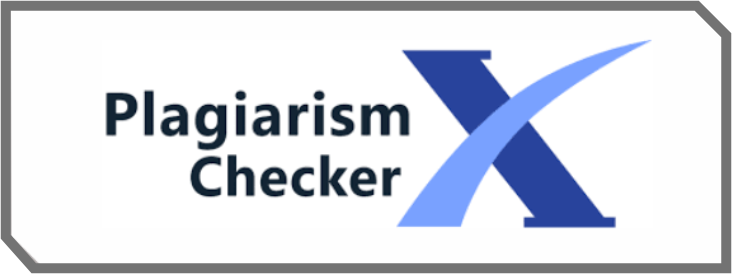Penguatan Literasi Ekologi melalui Pelatihan Pembuatan Batik Sastra Ekologis untuk Ibu-Ibu PKK Kelurahan Sawojajar, Kota Malang
DOI:
https://doi.org/10.62951/karawo.v3i1.120Keywords:
Ecological Literary Batik, Empowerment of PKK Mothers, Leadership Project, Natural Dyes, PPG Teacher CandidatesAbstract
The Ecological Literature Batik Making Project with PKK Women and the Batik Workshop Community of Sawojajar Village, Malang City is a community service activity carried out in the framework of the PPG Teacher Candidate Leadership Project Wave 2 Year 2024. This program aims to integrate the art of batik with the concept of ecological literature, as well as introduce natural dyeing methods as an environmentally friendly alternative in batik production. This activity began with an observation that found that the use of synthetic dyes in the batik industry in Malang City is still dominant, thus potentially polluting the environment. In addition, the involvement of PKK mothers in productive activities oriented towards economic sustainability and environmental conservation is still limited. The implementation of this project was conducted through a series of trainings and workshops that included an introduction to hand-drawn batik techniques as a cultural heritage, an understanding of ecological literature in batik motifs, and the practice of making natural dyes using indigofera. Participants were also trained to apply the concept of ecological literature in batik designs made in various products, such as totebags, cushions and tablecloths. The results of this activity show that the active participation of the community in batik training with natural dyes can increase awareness of more environmentally friendly textile production practices. It is hoped that this project can become a sustainable movement in the use of natural dyes in the batik community in Malang City and open up new economic opportunities for the community, especially PKK mothers. In addition, through the introduction of ecological literature in batik motifs, this activity also contributes to educating the public about the relationship between humans and the environment through textile art.
References
Achmad, I. A., Akbar, F., & Hasdiansyah, A. (2024). Pelatihan pembuatan gula semut terhadap kelompok ibu-ibu rumah tangga di Desa Arabika. Jurnal Madaniya, 5(4), 1589–1594. https://www.madaniya.biz.id/journals/contents/article/view/960
Alamsyah, A. (2018). Kerajinan batik dan pewarnaan alami. Endogami: Jurnal Ilmiah Kajian Antropologi, 1(2), 136–148. https://doi.org/10.14710/endogami.1.2.136-148
Badan Pusat Statistik. (2024). Jumlah angkatan kerja, penduduk bekerja, pengangguran, TPAK dan TPT. Badan Pusat Statistik Kota Malang. https://malangkota.bps.go.id/id/statistics-table/1/NDY2IzE=/jumlah-angkatan-kerja-penduduk-bekerja-pengangguran-tpak-dan-tpt-2006-2014.html
BPS. (2024). Tingkat partisipasi angkatan kerja (TPAK) menurut jenis kelamin. Badan Pusat Statistik Kota Malang. https://sipaten.bandung.go.id/data-source/list/40
Fattah, M. S., Faqih, K. A., & Purnawirawan, O. (2023). Systematic literature review: The influence of regional geographic conditions on the variety of regional batik motif patterns. Seminar Nasional Industri Kerajinan dan Batik, 1–15. https://proceeding.batik.go.id
Firmansyah, A., Havatilla, D. R., & Bebasari, N. (2024). Pemanfaatan limbah batik sebagai material utama dalam produksi sandal batik CR untuk meningkatkan nilai ekonomi dan kreativitas lokal. Jurnal Dedikasi, 01(09), 2022–2025. https://jurnal.lenteranusa.id/index.php/DJPL/article/view/545/490
Fuadi, D. S., Akhyadi, A. S., & Saripah, I. (2021). Systematic review: Strategi pemberdayaan pelaku UMKM menuju ekonomi digital melalui aksi sosial. Diklus: Jurnal Pendidikan Luar Sekolah, 5(1), 1–13. https://doi.org/10.21831/diklus.v5i1.37122
Hadi, W., Prasetyo, A. K., Ardya, K., & Saraswati, P. (2021). Kajian beban pencemaran air sungai di Kota Malang dari aspek kualitas air, aspek tata guna lahan, dan aspek kelembagaan. Prosiding STEPPLA, 1(2), 422–429. https://ejurnal.itats.ac.id/stepplan/article/view/1603/1345
Hapidin, H., Gunarti, W., Pujianti, Y., & Suharti, S. (2023). Penerapan model pembelajaran proyek bermuatan konten STEAM melalui media komik dalam implementasi kurikulum Merdeka di satuan PAUD. Jurnal Abdimas Prakasa Dakara, 3(2), 126–133. https://doi.org/10.37640/japd.v3i2.1781
Karmadina, M. H., Tampy, V. V., Jemadu, K. E., Lamabelawa, S., Naen, M. A. L., Daton, M. F. L., Kono, E. M. K., Manafe, H. A., & Manafe, D. (2024). Pemberdayaan perempuan dalam meningkatkan ekonomi keluarga melalui wirausaha bersama UMKM perempuan Kasih di Desa Tunfeu, Kecamatan Nekamese. JURPIKAT (Jurnal Pengabdian Kepada Masyarakat), 5(2), 445–456. https://doi.org/10.37339/jurpikat.v5i2.1705
Maharani, F., Setyaningtias, B., Wibyantri, G. A., Putri, J. K., & Achmad, Z. A. (2024). Pengembangan batik ecoprint sebagai usaha pemberdayaan ibu-ibu PKK. Jurnal Pengabdian Kepada Masyarakat Nusantara, 5(4), 4829–4835. https://ejournal.sisfokomtek.org/index.php/jpkm/article/view/4186/2746
Ningsih, K., & Sakdiyah, H. (2024). Strategi pengembangan batik Madura pewarna alami melalui pendekatan Business Model Canvas Development. Jurnal Agribest, 8(1), 10–16. https://ejurnal.unmuhjember.ac.id/index.php/AGRIBEST/article/view/1640/612
Prasetyani, L. D., Santoso, R. E., & Widiastuti, T. (2024). Pemanfaatan pewarna alami buah senggani untuk batik tulis motif tanaman senggani. Texture Art and Culture Journal, 7(1), 67–93. https://doi.org/10.33153/texture.v7i1.3405
Purnata, H., Rahmat, S., Ilahi, N. A., & Triwuri, N. A. (2025). Pengolahan limbah cair batik dengan elektrokoagulasi dan filtrasi-adsorbsi untuk keberlanjutan. Room of Civil Society Development, 4(1), 197–210. https://www.rcsdevelopment.org/index.php/rcsd/article/view/528/231
Purnomo, A. S., Prasetyoko, D., Nurhadi, H., Hakim, M. L., Asranudin, A., Alkas, T. R., Yuniarti, E. P., Rohmah, A. A., & Nabilah, B. (2022). Pengolahan limbah pewarna batik di Desa Klampar Kecamatan Proppo Kabupaten Pamekasan dengan penerapan adsorben superadsorpsi. Sewagati, 6(2), 1–9. https://doi.org/10.12962/j26139960.v6i2.189
Purwaningrum, S. I. (2021). Analisis pengelolaan air limbah batik sebagai upaya penerapan produksi bersih Kota Jambi. Jurnal Pembangunan Berkelanjutan, 3(1), 54–63. https://jurnal.lenteranusa.id/index.php/DJPL/article/view/545/490
Rahayuningsih, E. (2022). Menghidupkan kembali (Revival) pewarna alami Nusantara untuk membangun kedaulatan bangsa dalam pewarna alami. Universitas Gajah Mada.
Rinahayu, N., & Kristianto, B. (2022). Konstruksi hubungan alam dan manusia melalui kerangka maskulinitas ekologis dalam film Jungle (2017): Ekokritik sastra. Diglosia: Jurnal Kajian Bahasa, Sastra, dan Pengajarannya, 5(1), 101–118. https://doi.org/10.30872/diglosia.v5i1.349
Setyawan, N. A. (2021). The existence of Lasem batik entrepreneurs during the Covid-19 pandemic. Jurnal Admisi dan Bisnis, 22(1), 61–72. https://jurnal.polines.ac.id/index.php/admisi/article/view/2490
Silalahi, D. K., Hasudungan, J., Raharjo, J., Putri, N. H., & Avrilya, N. A. (2024). Pemasangan dan penyuluhan sistem pengolahan limbah batik di Kampung Batik Pasundan Desa Sayati. E-DIMAS: Jurnal Pengabdian Kepada Masyarakat, 15(3), 569–574. https://journal.upgris.ac.id/index.php/e-dimas/article/view/18197/8956
Suzana, A., Adriansyah, E., Herawati, P., Marhadi, M., Silvina, T., & Sufra, R. (2024). Pengolahan air limbah batik Jambi menggunakan filtrasi dan fotokatalisis TiO2 (titanium dioksida). Jurnal Ilmiah Universitas Batanghari Jambi, 24(1), 578. https://doi.org/10.33087/jiubj.v24i1.4958
Tresnadi, C., & Ratuannisa, T. (2023). Batik digital in Madurese style Animateutik (hand-drawn batik animation) design innovation. Jurnal Dinamika Kerajinan dan Batik: Majalah Ilmiah, 40(1), 65–86. https://doi.org/10.22322/dkb.v40i1.7695.g6189
UNESCO. (2023). Batik of Indonesia: A living tradition. United Nations Educational, Scientific and Cultural Organization. https://ich.unesco.org/en/RL/batik-of-indonesia-a-living-tradition-00170
Utami, C. M., & Hastuti, M. A. S. W. (2024). Analisis strategi pemasaran batik ecoprint dalam meningkatkan penjualan di Toko Syamsinar Tulungagung. Jurnal Economina, 3(7), 728–734. https://doi.org/10.55681/economina.v3i7.1405
Downloads
Published
How to Cite
Issue
Section
License
Copyright (c) 2025 Karawo : Journal of Community Service (KJCS)

This work is licensed under a Creative Commons Attribution-ShareAlike 4.0 International License.









